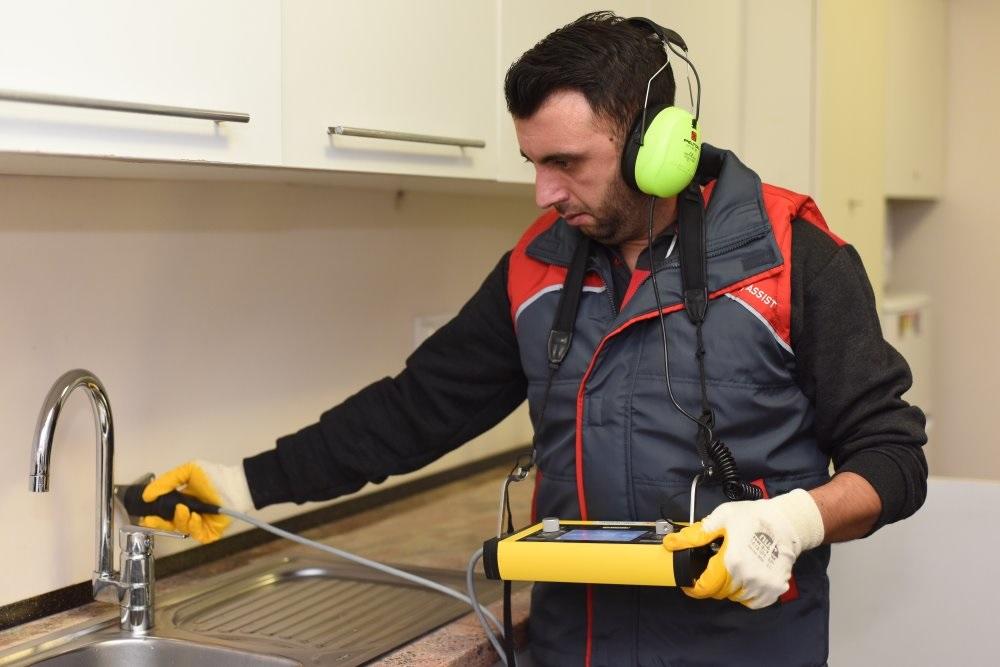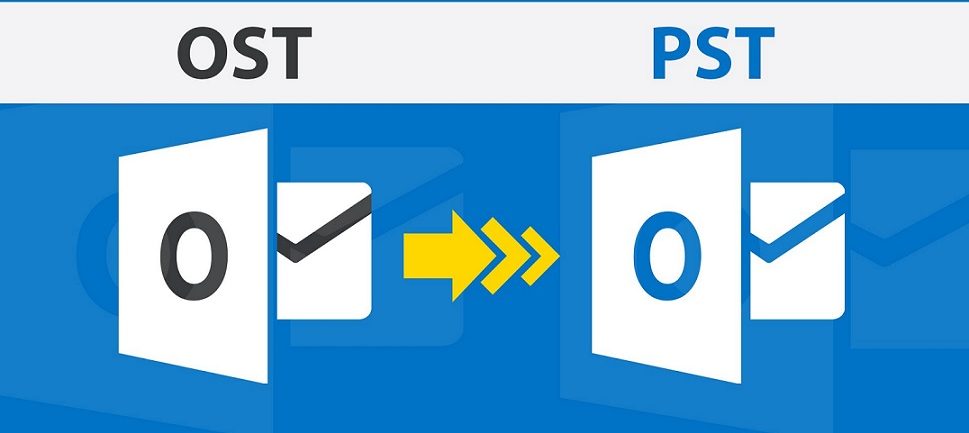Slab leaks are one of the common home repair expenses you are most probably going to spend. But if not observant enough, it may be tough to discover such leaks given their position. If not identified early enough, however, a slab leak has the capability to cause substantial harm.
Slab leaks can be very dangerous to your health and the integrity of your structure. Always be wary about the warning signs for possible slab leaks. These are the six signs that will help you to identify a slab leak.
Puddles
Whenever a slab leak occurs, water pools below the slab till it finds someplace else to go. It’s possible for slab leaks to occur both inside and outside the house. On the exterior of your property, it may look as though the water is gushing out of the slab foundation. The issue might be a slab leak If there is no water supply, such as a pipe. you could observe puddles of water on the floor of the interior of your house. Call an expert to determine if you do have a leakage in a neighboring appliance. If indeed the appliances are ok, it might be water seeping through a slab leak.
Walls and cabinets
Slab leaks can start causing damage to the walls, floors, ceilings, and other structural elements. You should always check out for such instances. A slab leak is hard to notice because that water may drain to the least locations you would typically think. Such water finds up in these unusual areas owing to the absence of a designated path to flow through.
If there is water behind cabinets and walls the possible reason might be a slab leak. Such leaks are typical if the water has no alternate drainage path. Before you take any action, it would be good to bring in an experienced plumbing professional to analyze the issue and propose a solution. For such problems, selecting a DIY alternative is not suggested.
Increased water bills
Your utility bills are another indicator of a possible slab leak. If the water bill is unusually high, it could be due to the unregulated water wastage beneath the floors. Such slab leaks are extremely hard to detect because there is no explicit indication. But are they as dangerous as the other? Yes, they are! No matter if it is seen or not a large quantity of water beneath your floors is never good news.
To discover a water leak beneath slabs, you just need to study the trends of water usage in your home. Its possible water is indeed leaking if you see moderate to major differences in your bills. If your regular water use has not changed drastically over a specified time yet the bills are astronomically high, it would be vital to pursue expert care. Such quick efforts are crucial to limiting the negative consequences of a slab leak.
Wet spots, warm spots, and hot spots
Slab leaks may generate hot spots on the floor of the house, particularly if the concerned leak is from the hot water. You can decide to go barefoot occasionally around your home to feel the floor. If you’ve seen hot areas on many occasions, you might be on the watch out for a slab leak.
Regular wet spots are also suspect for a possible slab leak. When a pipe beneath the concrete slab is damaged, sometimes it cannot drain. This water rushes up towards the floor and creates a musty and damp atmosphere. Thus you notice various wet and damp spots around your property. Hot water spots are easier to find than cold water spots simply because of the contrast. If you feel unusually warm beneath the floors, call the damp experts immediately.
Mold and mildew growth
This might be the most obvious one to look out for. Molds happen due to excessive humidity, if there is mold it means there is a new source of excessive humidity around, possibly a slab leak. If you start finding mold growth in places where there was no history of flood or water damage you can be quite certain about the slab leak. Call your local plumbing professional for a quick inspection and mold removal procedure as molds can be particularly unhealthy for everyone in your family including you.
Very low pressure
Low water pressure is another most common slab leak indicator. If the water pressure is unusually low, this means someplace else the water is being wasted without consideration. Since everybody uses their plumbing system for a significant time there must be an idea how the normal water pressure looks like in that property. If that is not there, contact a professional plumber for an inspection.
However, it is important to remember that low water pressure can happen for other reasons as well. But leakages in the pipes are amongst the most common.
Slab leaks must be corrected at once. If these signs are persistent in your property you are in need of a slab leak expert. If you are looking for slab leak repair in San Diego, look no further than for inspection, repair and maintenance for any plumbing problems in California.
Author Bio:
Laura is a marketing manager at All Star Plumbing & Restoration. With years of experience in the plumbing industry, she loves to create awareness about the causes, problems, and repair solutions of water damage and slab leak.









